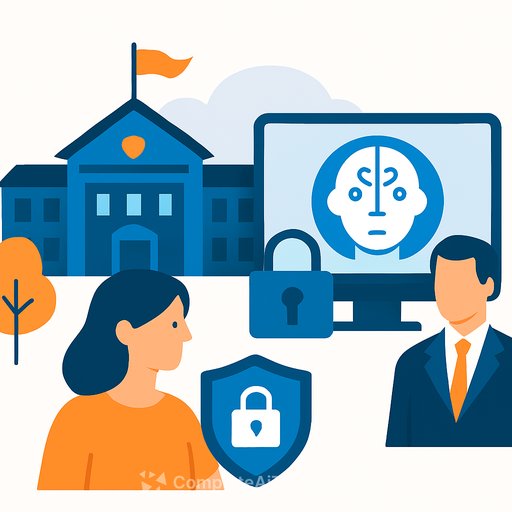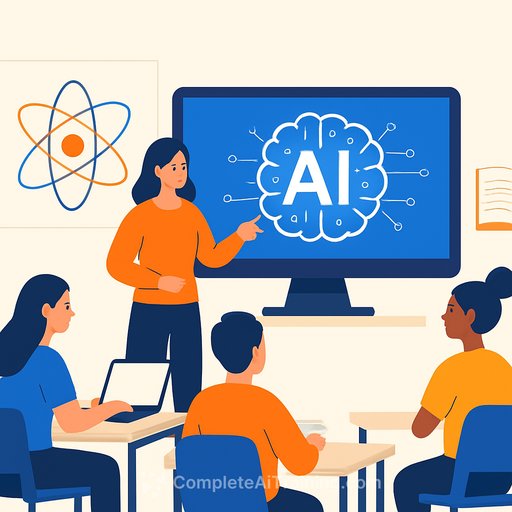When AI Asks: ‘Why?’ and Boosts Critical Thinking
Fostering critical thinking in large university classes can be tough. But AI chatbots that mimic the Socratic method offer a practical way to scale reflective learning. Instead of just providing answers, these tools prompt students to explain their reasoning, challenge assumptions, and clarify their thought processes.
Artificial Intelligence in Higher Education
University Assessment and Quality Assurance
Higher Education Pedagogy
At Georgia Tech’s Center for 21st Century Universities, a pilot AI tool called Socratic Mind has been integrated into course assignments. Its key function isn’t to give solutions but to ask students questions such as “What makes you think that?” or “Could you explain your thinking?” These prompts encourage learners to dig deeper, reflect on their answers, and sharpen their reasoning.
Centring Instruction on ‘Why’
Deeper thinking comes from better questions, not more content. Socratic questioning, an ancient method, focuses on probing assumptions and reasoning through dialogue rather than simply finding the “right” answer.
For example, in an introductory computing course, students analyzed a code snippet and explained key points. The AI followed up with questions prompting them to consider alternative outcomes. In an applied physiology course, students reflected on ethical issues around healthcare technologies, with the AI encouraging them to question privacy, consent, and autonomy assumptions.
The AI accessed through the learning management system used instructor-created questions, common misconceptions, and rubric criteria to guide its responses. This setup helped the AI ask relevant follow-ups that nudged students toward clearer and more accurate reasoning, complementing the instructor’s role.
Using the Socratic Method and AI in the Classroom
Socratic questioning demands time and skilled facilitation, which can be scarce in large or online classes. AI chatbots can fill this gap. Platforms like Google Dialogflow, Botpress, and open-source tools paired with models such as GPT-4 or Claude enable educators to build chatbots that encourage open-ended, reflective conversations.
Simple design tweaks—like always asking a follow-up question—turn basic chatbots into powerful thinking partners. These AI tools help students justify their reasoning and question assumptions, cultivating habits of enquiry that are essential for critical thinking.
AI Implementation Tips for University Educators
- Model thinking habits, don’t just deliver content. Use AI to guide students through explaining their reasoning rather than recalling facts. About 40% of students in pilots began questioning themselves more and structuring their responses better.
- Embed enquiry into feedback. Have the AI prompt curiosity with follow-up questions that push students to rethink ideas. For example, after explaining a code snippet, the AI might ask, “What would happen if a key element were changed?”
- Prompt metacognition through self-questioning. Encourage students to ask themselves, “What am I assuming?” or “Is there a better way to do this?” Around 20% of students started applying these questions independently, even beyond assignments.
- Foster clear and structured articulation. Assign tasks that require step-by-step explanations. AI can prompt students to expand on partial answers or clarify ambiguous points, helping them communicate their ideas more clearly.
- Probe misconceptions, not just correct answers. Design AI prompts to challenge oversimplified views. For instance, in physiology courses, AI follow-ups questioned assumptions that new healthcare tools are always beneficial, encouraging ethical reflection.
- Make reflection part of the process. After sessions, ask students to reflect on their thinking. Collect these insights via surveys or forms to inform ongoing learning improvements.
Let AI Extend – Not Replace – Educator Dialogue
AI can’t replace the depth of human feedback but can extend educators’ reach by encouraging all students to voice their reasoning and rethink ideas. Not every student will find AI tools transformative—about a third reported no change—but many benefit from the shift from just getting answers to justifying them.
These AI dialogues push students from passive reception to active reasoning. The key is intentional design and coupling AI with structured reflection to build critical-thinking habits over time.
AI tools may sometimes feel repetitive or rigid without proper framing. The real change comes from the mindset shift they provoke: questioning assumptions, explaining thinking, and engaging in thoughtful dialogue.
For educators interested in exploring AI tools that support reflective learning and prompt engineering, resources like Complete AI Training’s prompt engineering courses offer practical guidance to get started.
Your membership also unlocks:





